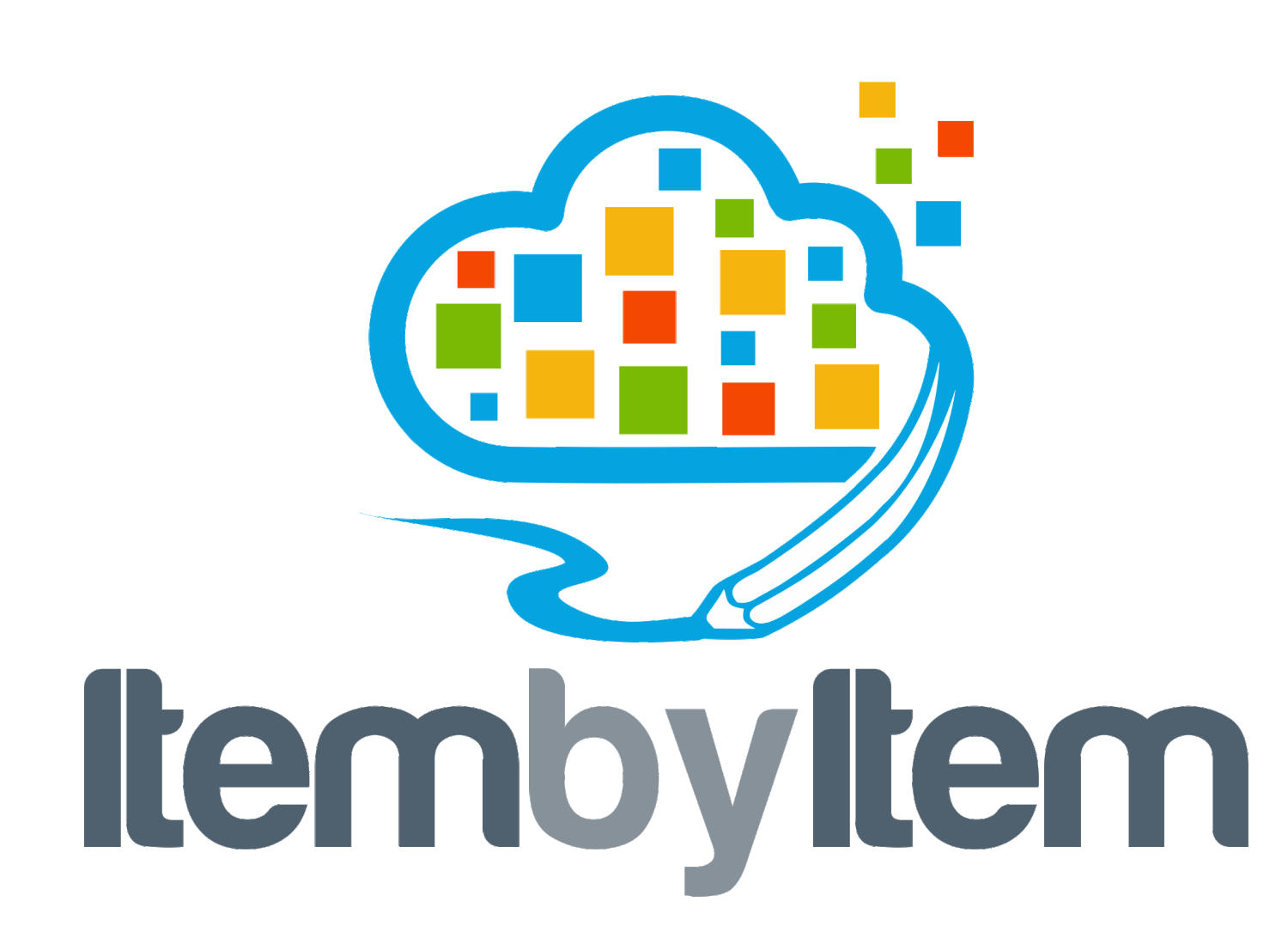Time to upgrade
The COVID—19 pandemic has accelerated the digital transformation initiatives. Many companies are moving their on-premise applications to the Cloud to enable remote access, high security, and reliability to their employees. Several upgrade projects are underway. Most project teams are trying to figure out how to roll out these new solutions across their organizations – which may have hundreds of users spread around multiple locations.
The cloud has enabled software companies to introduce more features in shorter times. This has inevitable resulted in a significant functional gap between the on-premise and cloud versions of the software applications. For example, there are hundreds of new features in Dynamics 365 compared to Dynamics AX. In addition, the technology around integrations, migrations, customizations have changed as well. Thus, many companies struggle with the scope of their upgrade projects. Even though the technical update may result in rewriting their integrations, they can also replace their customizations with the new functionality. Accordingly, the training approach should adapt to this technical and functional scope.
The companies that are upgrading have a good starting point. Their users were using an older version of the solution, thus are familiar with the core concepts. They need to quickly learn the new standard functionality at the beginning of their upgrade. This would help them to assess their functional scope (what new functionality deploy) – which would then lead to defining their technical scope (which customization to let go). This functional training provided to the customer project team earlier in the project will set the upgrade on the right footing.
When the new solution that incorporates the new functional and technical enhancements have formed, the end-user community need to be brought up to speed prior to the go-live. Most users may incorrectly assume that the new solution is just a technical upgrade to the old solution. They may not realize the process changes that make the new solution work better. The end-user training needs to address these changes and focus on teaching how things may work in the new environment.
Online training can help in both cases. Earlier in the project, the team members can be exposed to the standard functionality and consume it as fast as they can. Later in the project, the end-users can be trained selectively on the process changes enabled by the new solution. Progress can be monitored and reported.
Upgrades offer great opportunities to introduce new functional and technical enhancements that can enable better and faster processes. Online training can help companies to make the most of their upgrade projects.

